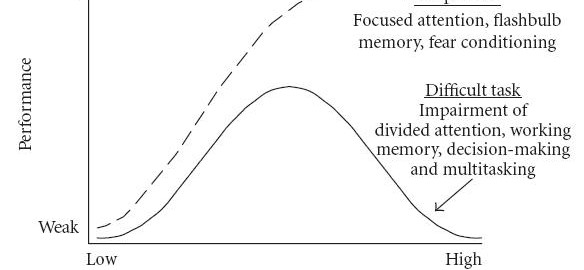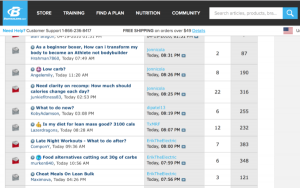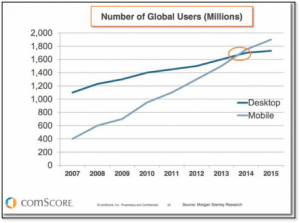
Every employee has a desire to do great work. Companies need to create an environment where employees can achieve great work.
Like so many other processes, companies have great intentions but the way they go about them is all wrong.
Most companies focus on improving employees’ weaknesses, when they should be focusing on their strengths.
Marcus Buckingham, who worked at Gallup for 20 years researching employee engagement, discovered that the best performing leaders were the leaders that focused on their employees’ strengths.
People produce the best results when they make the most of their unique strengths rather than focusing on their weaknesses or perceived weaknesses.
This is incredibly important to having a high-performing team.
Once an employee discovers their greatest strengths and uses their strengths, the team begins to benefit and roles can be maximized for a higher performing team.
Free Bonus: Find out exactly how Google adjusted employees jobs to incorporate strengths and saw significant gains in happiness and job performance.
There are two concepts I want to talk about quickly.
- The Yerkes Dodson Law
- Mastery
They’re both closely related to each other.
It’s easier and more enjoyable for employees to work on improving and focusing on their strengths instead of worrying about their weaknesses.
The Yerkes-Dodson Law
The Yerkes-Dodson law is the concept that humans are motivated to work when they work on something that’s challenging, but not too challenging.
From Wikipedia:
The Yerkes–Dodson law is an empirical relationship between arousal and performance, originally developed by psychologists Robert M. Yerkes and John Dillingham Dodson in 1908. The law dictates that performance increases with physiological or mental arousal, but only up to a point. When levels of arousal become too high, performance decreases. The process is often illustrated graphically as a curvilinear, inverted U-shaped curve which increases and then decreases with higher levels of arousal.

The only way to really hit this sweet spot is if you love what you do. If you focus on improving your strengths, you can easily hit that point.
You’ll never be able to reach that point of “mental arousal” is you don’t enjoy your work. This is why finding something you’re passionate about to work on is so important.
People Want To Master Their Work
Made famous by Dan Pink in his book Drive, mastery is one of the core things that contributes to our inner drive.
By focusing on strengths, you can help employees achieve mastery by becoming the best at what they do.
Similar to the Yerkes-Dodson law, Dan Pink says that we should work on what he calls Goldilocks tasks, which are not too hard, but not too easy.
The trick for making this work at your company is to have open and honest discussions with employees about what they like or don’t like about their work, and then calibrating their workload accordingly.
So then the question becomes, how do you discover your strengths?
How To Discover Your Strengths
Millions of people take self-assessments like Gallup’s StrengthsFinder. After filling out a survey about what you do best, you get a report about your strengths.
But I’m skeptical about the validity of these types of tests. The problem with this, is that humans are actually terrible at assessing their own strengths.
Research has clearly shown1 that people judge their own strengths very inaccurately in a wide range of tasks.
So often, we see ourselves through rose-colored glasses.
The trick then is to remove yourself from the process and have other people help you.
The Reflected Best Self-Exercise
The reflected best self-exercise involves emailing people who know you well, asking them to write a story about a time when you were at your best, and then finding common patterns to create a portrait of your strengths.
The most important part of this exercise is who you choose. You want a diverse group of people to get a more accurate profile of yourself.
Here is how the exercise works:
- Find 10-20 diverse people (family, friends, work) to ask to write a story about a time when you were at your best
- Find the common themes and build a mini profile of yourself
- Create an action plan with your new profile
The action plan is for sure the most important step of all three. How are you going to use this new information to help yourself get better?
What You Can Do As A Manager
As a manager, you want to shift your focus from discovering and working on an employee’s weaknesses to helping them optimize their strengths.
The way you go about performance management now becomes around setting ambitious goals for them to hit based on their strengths, once you help them discover what they are.
You might have to adjust the jobs of some employees to incorporate their strengths if you see that the two aren’t fully aligned.
Free Bonus: Find out exactly how Google adjusted employees jobs to incorporate strengths and saw significant gains in happiness and job performance.
Any Performance Management Tips For Us?
Do you think it makes sense to focus on strengths instead of weaknesses? Let us know your thoughts!
Business & Finance Articles on Business 2 Community(89)
Report Post






